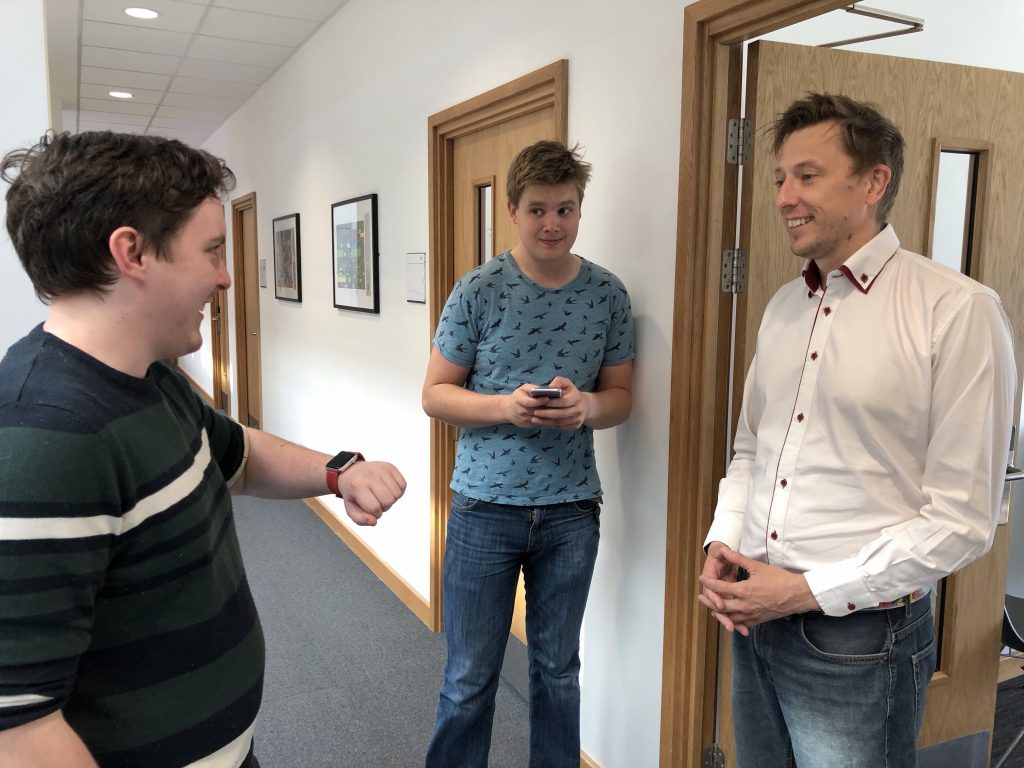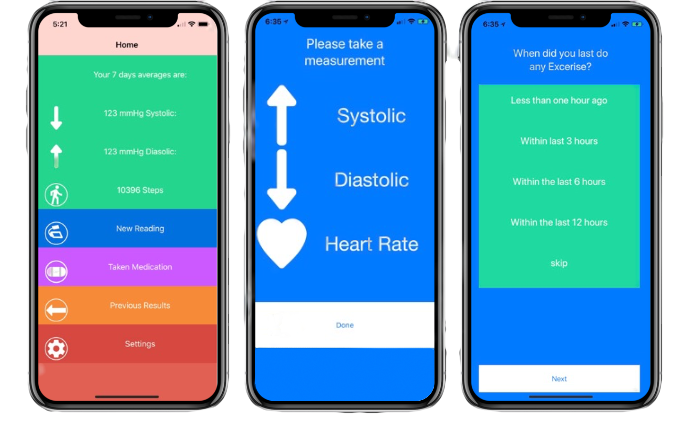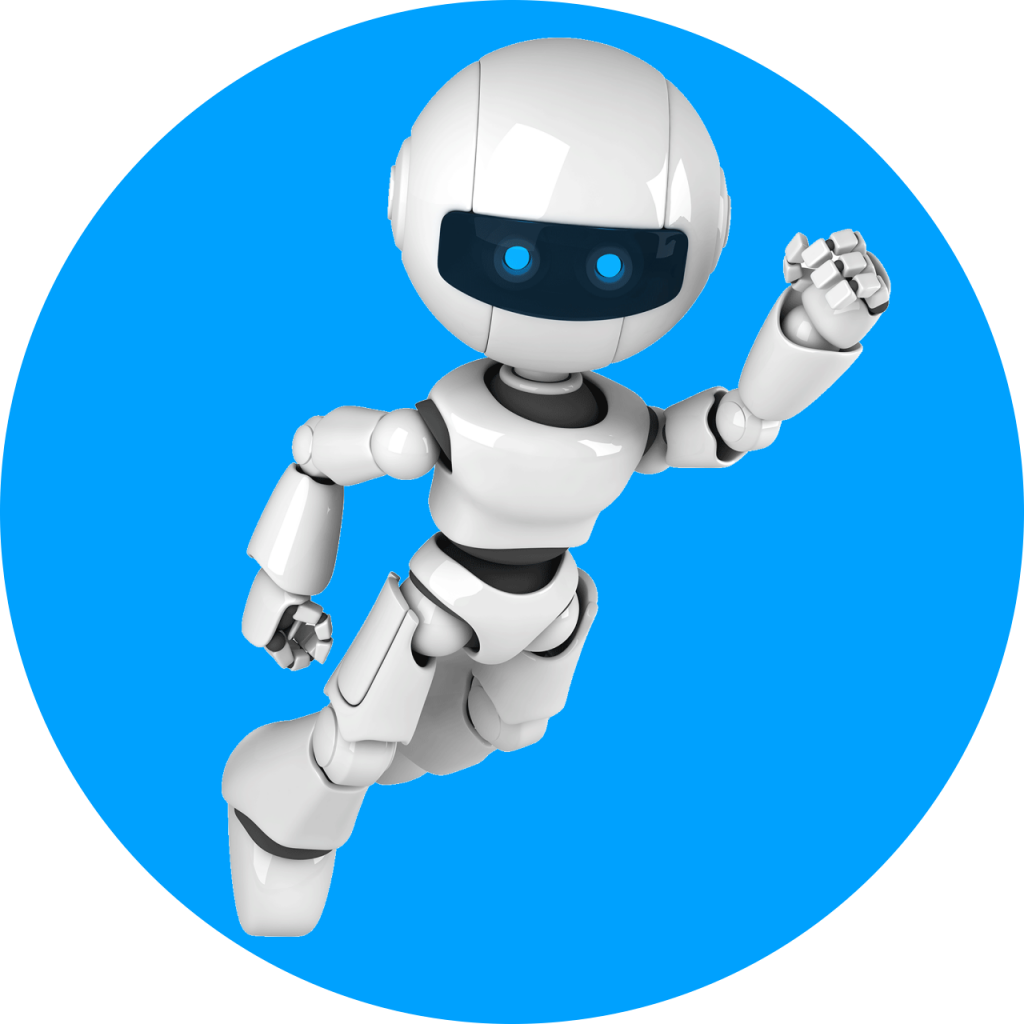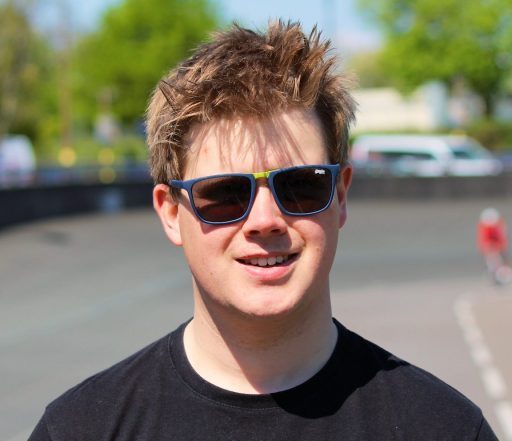Hello, I’m Osian, an iOS developer from Swansea with a strong background in human-computer research and Accessibility. Below are some of my personal projects and here is a link to my CV
I was also a developer on the CoDesign app with Cerulean Labs. I am currently looking for opportunities and am ready for immediate hire.
PlayCAD – lowering the barrier of entry of CAD through clay

The Maker community carries out significant 3D modelling activities using Computer-Aided Design (CAD); however, the learning curve for CAD is steep with a significant cognitive load.
I explored using Play-Doh as a way of creating 3D models and I ran a study with 12 participants to create 3D models with Play-Doh. The participants scanned their models using Qlone and then completed them in tinkerCAD (CAD software aimed at beginners). Participants noted that 3D scanning was the most challenging part of the study as it resulted in noisy models. However, participants felt that modelling through clay was more fun and helped them understand models.
To combat the noise issue, I developed PlayCAD – a 3D scanning app that works off of a 2D image and “guestimates” the shapes required. This then gives participants the option to edit each of the primitive shapes before exporting them to 3D CAD software. I am planning to run another user study on this.
Pwy – Designing a Discrete Speaker Recognition App for Conversational Support on Smartwatches
MRES: Awarded

For my MRes, I researched how to support people who find identifying faces difficult by using a smartwatch while being as discreet as possible. My supervisor and I determined that identifying people through their voices was the best solution. I ran three participatory design workshops with expert designers, those who lack social confidence and people with a diagnosis of a Traumatic Brain Injury. I created a prototype in Swift (no exciting prototyping feature existed at the time for the Apple Watch) to run a study with which participants used a prototype of the watch app using the Wizzard Of Oz approach. Participants found that using the watch supported their conversations, however, the slower the algorithm, the fewer participants reported that it supported them. This demonstrates that the
Contextualising blood pressure – investigating a blood pressure app that captured the context of measurements with an NHS doctor
Undergraduate: Awarded (2.1)

Blood pressure is a significant problem for the NHS. Hypertension (high blood pressure) is often referred to as a “silent killer.” To make matters worse, patients in medical facilities often present themselves with “white coat syndrome,” which increases blood pressure. This gives doctors a challenge – do they treat someone who might have white coat syndrome and potentially put them at harm, or not treat the patient which might also put them in danger.
At the moment doctors are combating this dilemma by providing patients with a blood pressure monitor to take home and recording two sets of measurements twice a day. However, this approach relies on the patient measuring their blood pressure correctly and at the correct time. It also ignores the context of the blood pressure – such as, if the patient had just been drinking coffee. It also takes time for the doctors to average out the blood pressure readings.
For my undergraduate study, I worked with a medical doctor to develop a blood pressure app on iOS that measures blood pressure, collects the context, and produces a printout. I further carried out a study with 3 GPs across Wales, with GPs interested in integrating it into their practice. Further, the doctor and I won £7,500 in funding to develop the app further and I/we intended to do further work before COVID-19 stopped our work.
LabBot – a discord bot to help with online labs

Online teaching is far from ideal; however, the COVID-19 pandemic forced us to go online. Computer Science at Swansea is very lab-based with large classes (often 100+ students). Zoom rooms are problematic, resulting in multiple courses using Discord due to the ease of teaching staff switching between groups. However, one of the main challenges is that there is no easy way for students to get help reasonably. On voice channels, there is no queue, and the text channels we found were difficult to utilise in large classes.
As a result of the frustration of online classes, I made Labbot – a tool that replicates the hands up. Students can request help and be placed in a queue that teaching staff can use to help students in order. Due to GDPR concerns, I captured no analytical data; however, I know of at least three labs at Swansea Univerity using LabBot.
